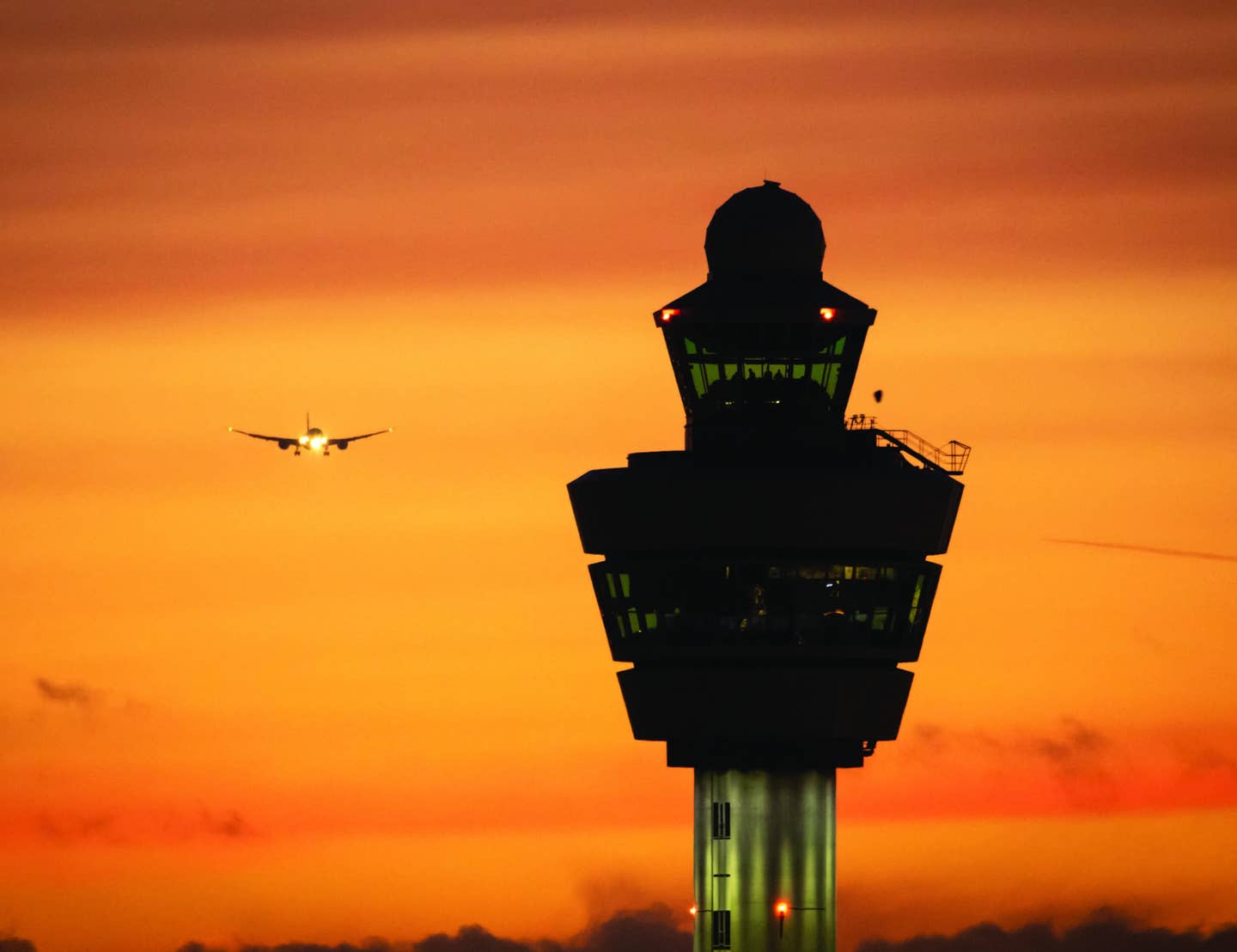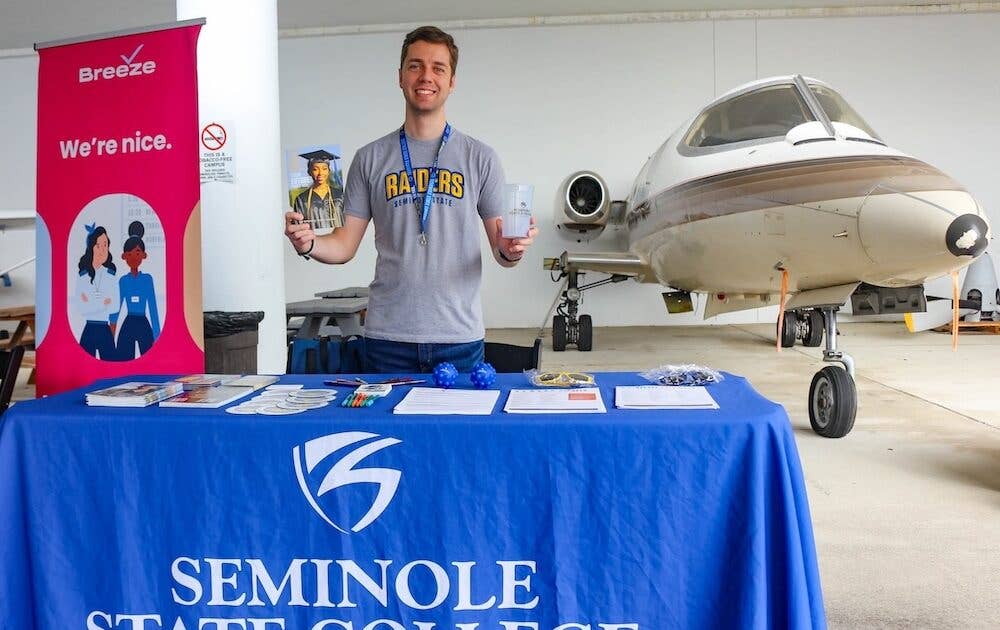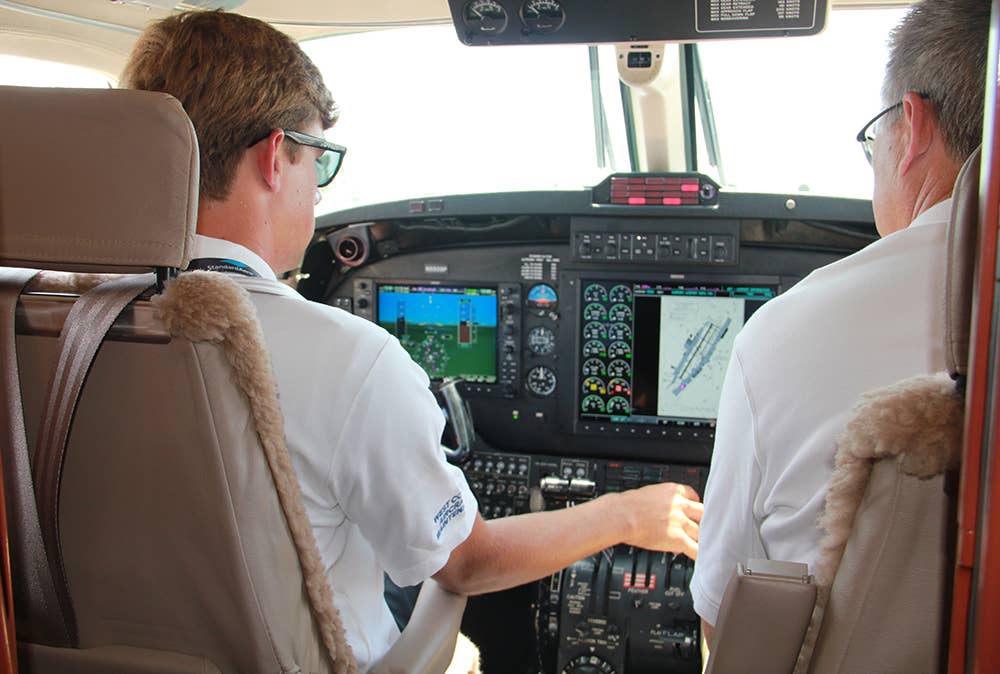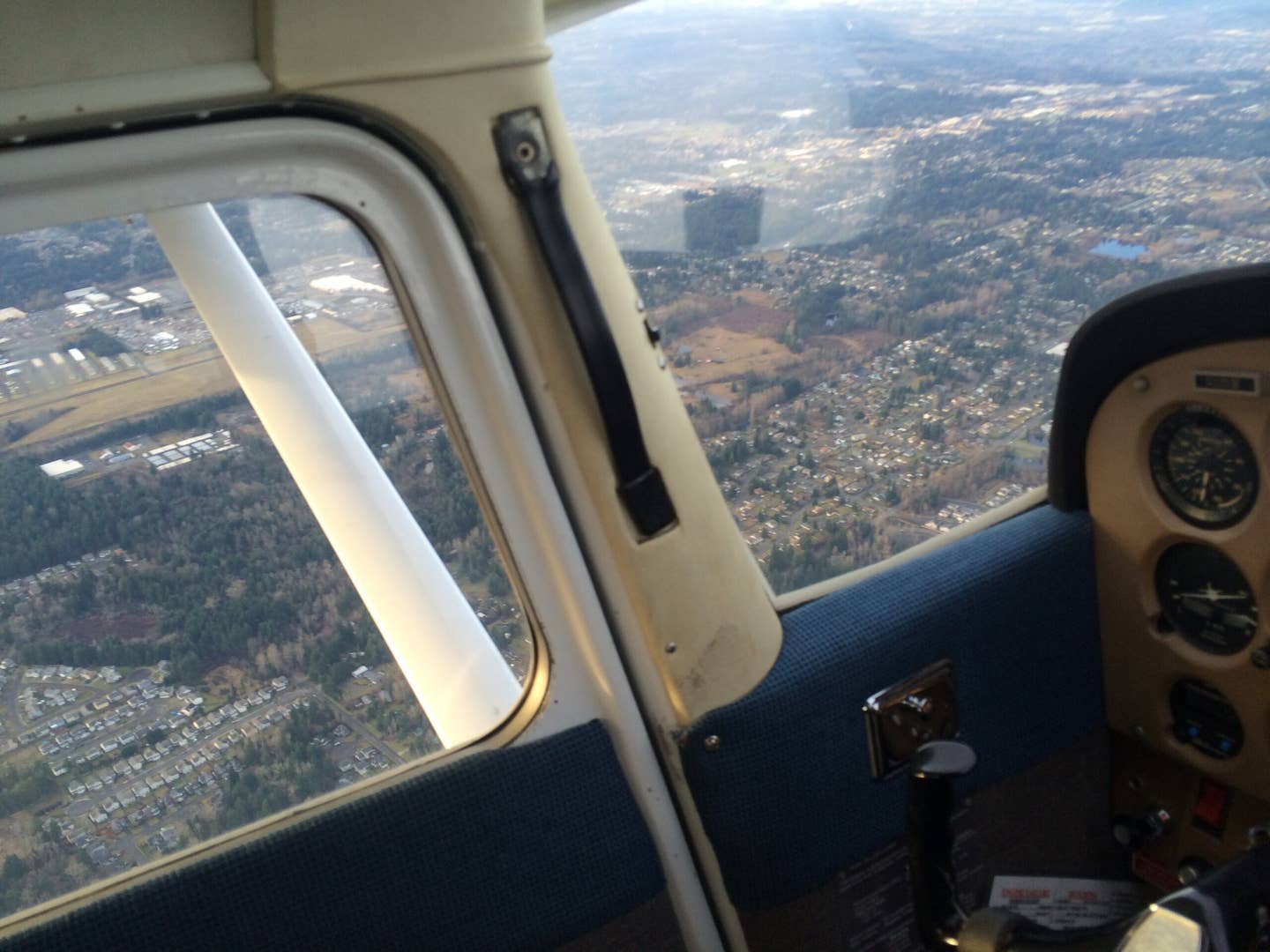Not Every Flight Student Wants to Become an Airline Pilot
Here’s what to look for in a training program when learning to fly as a hobbyist.

An instructor and a student preflight a Cessna 152 before a lesson. [Credit: Richard Steiger]
“I don’t want to be an airline pilot,” was the first full sentence out of the client’s mouth.
“Neither do I,” I replied, making him smile. Not everyone who shows up at a flight school wants a career at the airlines. There are some pilots who learn to fly for recreation, as a bucket list item, or to allow them to have more transportation options. They may even plan to get their own airplane to facilitate trips.
This particular client had been to three different flight schools and was discouraged because all the schools were geared toward pilots aiming for the airlines and didn’t have time for a hobbyist aviator. The waiting list, he said, was several months long for a "class date."
Sadly, this is a common story. It can be difficult for the hobbyist to find a training opportunity that meets their training pace and expectations. They want to go to the airport a few days a week, scheduling around their other responsibilities and activities, not enroll in a five-day-a-week, hurry-up-and-get-done-with-it program.
While there definitely is an advantage to an accelerated program for some people, it doesn’t work for everyone. And once you earn your certificate, you may have difficulty renting an airplane for fun, as many schools limit rentals to clients who are enrolled in their programs and actively working on building experience toward a certificate or rating.
These days, with so many aspiring airline pilots taking training at accelerated programs, it is likely that the CFI who trains you will be a graduate of an accelerated program and working as a CFI to build their hours. CFIs may push their clients to train more than three days a week and often twice a day. This may not work for the client who has limited time or other commitments that take their energy.
Look for a Club
An option to the pilot pipeline schools are aviation clubs that are geared toward fun flying, and as such have limited memberships so that the members can more easily access airplanes. Make sure to ask how many CFIs the club has, and if they are career instructors or experience/time builders trying to get to the airlines. You will likely find a mix of both.
When I hear the phrase, "I don't want to fly with a time builder,” it is a red flag, as it tells me this person has had a bad experience. The smart thing to do is for the replacement CFI to learn what the issue was with the previous school/instructor and what steps the learner took to change the situation. Did they request a different instructor? Sadly, many learners are reluctant to do this or request a refund of the money they placed on account.
You can ask for both, however, the answer may be no, especially when it comes to asking for your money back. Depending on the amount, you may be able to take the owner of the school to small claims court. On the latter, always get the return policy in writing, and don’t be surprised if they drag their feet, telling you the check is in the mail, that there is a "handling fee," or they need to run it past someone who is on vacation, etc. Never put more money on account than you can afford to lose.
Sometimes it is the CFI who terminates the learner. If the instructional relationship isn’t working, or the learner demonstrates one of the five hazardous attitudes, is dishonest, or becomes argumentative, it can be in both their best interests to end the training partnership. It can also be a much more benign reason, such as the CFI doesn’t have enough time in their schedule to meet the learner’s training expectations.
Discuss Expectations
The first meeting between the learner and the CFI should begin with a discussion about the learner’s wants and expectations, starting with what inspired them to fly, how many days a week they are available to train, what their educational background is, and what they do for a living. I find these last two very helpful, as it can help the CFI draw corollaries between experiences the learner may have had and what they are learning.
Partnership Sets the Pace
The CFI and learner need to work together to establish the pace of training. Use a syllabus to keep track of progress. Bring a notebook with you to lessons to take notes. Expect that there will be some discussion before and after the flight so you know what you will be doing.
In addition to flying, you must be prepared to commit to ground study. The latter is the most important. A CFI could teach a chimpanzee to fly, but they can’t teach them to be an aviator.
Flying needs to fit in with the rest of your life, but if possible, it is best to fly at least two days a week, or three days a week for optimum progress. You will need the time between lessons to absorb the material.
Remember, flying is a choice and supposed to be fun. If it gets to be too much, or you have to drop it for a time to take care of other things, that is OK. We’ll leave the runway lights on for you.

Sign-up for newsletters & special offers!
Get the latest FLYING stories & special offers delivered directly to your inbox






